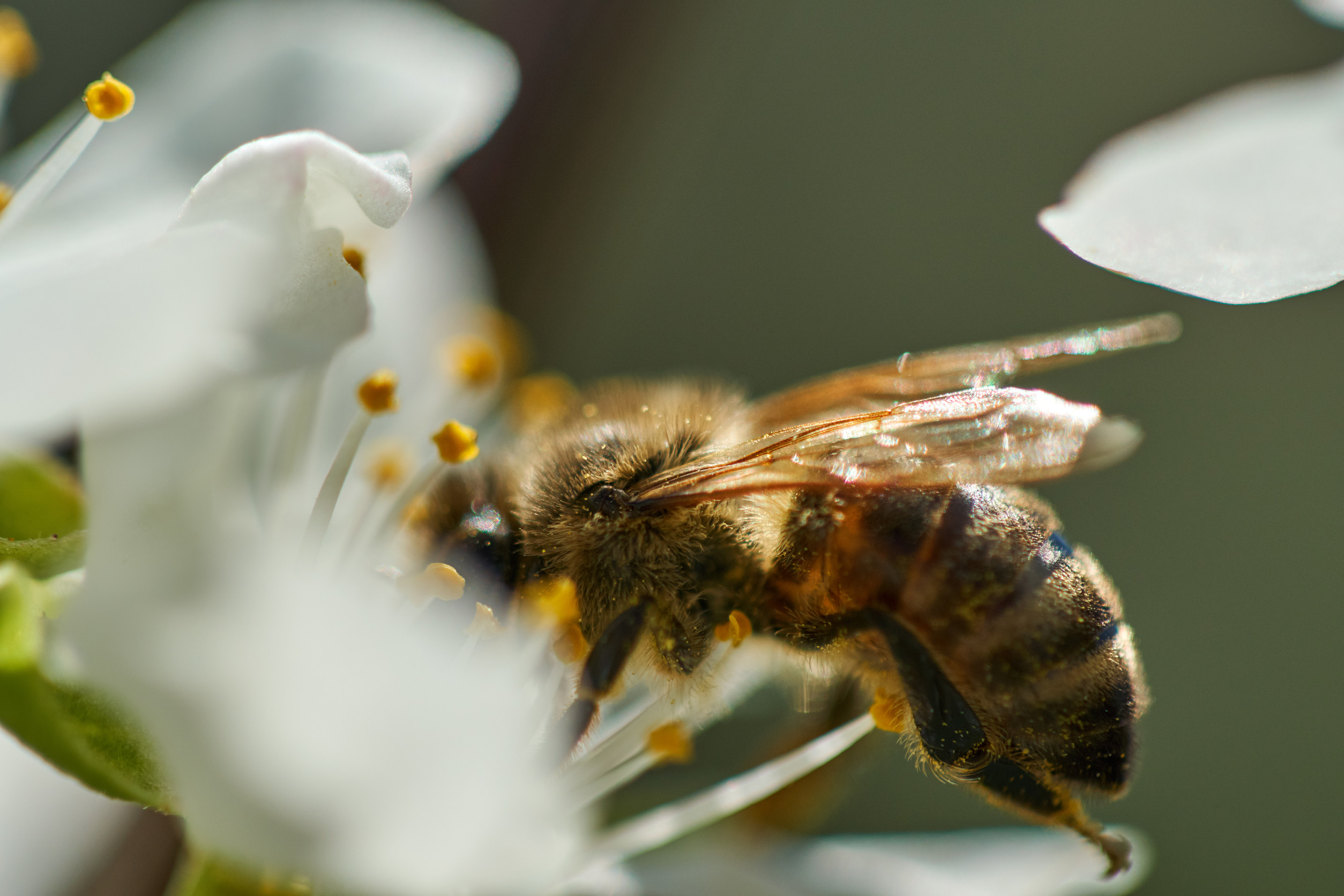The Optimist Daily has recently written a great deal on the need to coexist with animals, respecting animal agency and the potential to reach a new symbiosis with our furry neighbors on the planet. This brings into our consideration how to adapt our own human environments to better suit the habits of the animals with whom we cohabitate. Some bushy-tailed mammals we need to keep in mind are gray foxes and their predatory relative, coyotes.
Gray foxes live throughout North America. While they are not yet a threatened species, they are increasingly losing habitat and coming into closer contact with humans and human-made hazards. Since they don’t have protected status, they are at risk of being trapped, hunted, hit in traffic, hunted by coyotes, and becoming threatened.
Coyotes and gray foxes in conflict
A new study from North Carolina State University examined gray foxes’ status in their changing environment, particularly in their relation to coyotes.
“Coyotes are well known to persecute smaller foxes,” says co-author Roland Kays, research associate professor at North Carolina State University. “They go out of their way, more than you see in other interactions between species, to really bully, chase, and kill the smaller foxes. There is some reason for concern if this species is going to survive. How is that going to happen in an urban environment where you also have people?”
Coyotes have proliferated in their non-native ranges throughout North America, perhaps due to a lack of larger predators like mountain lions or wolves. They are now preying more on smaller mammals like foxes. From many wildlife photos taken, the NC State study found that there is a correlation between coyote population incline and gray fox population decline.
Climbing canines
“Gray foxes are very good at climbing trees; they have sharp claws,” Kays says. “They’re one of the only dog relatives that can climb trees. Coyotes can’t. It could be that climbing trees helps them deal with coyotes.”
Researchers found that in the suburbs, where there is more tree cover, foxes were better able to evade coyotes. Gray foxes were more likely to become nocturnal in areas with high coyote traffic, changing their schedules and going into the trees to avoid their predators.
Another benefit of more trees
Increasing and preserving trees in rural areas has a number of benefits we’ve discussed at The Optimist Daily. It seems the latest one is that humans can affect how animals adapt and coexist. More trees in cities and suburbs could help at least little gray foxes persevere.
Source Study: Tree Cover Helps Gray Foxes Coexist With Coyotes in the Country | NC State News (ncsu.edu)











